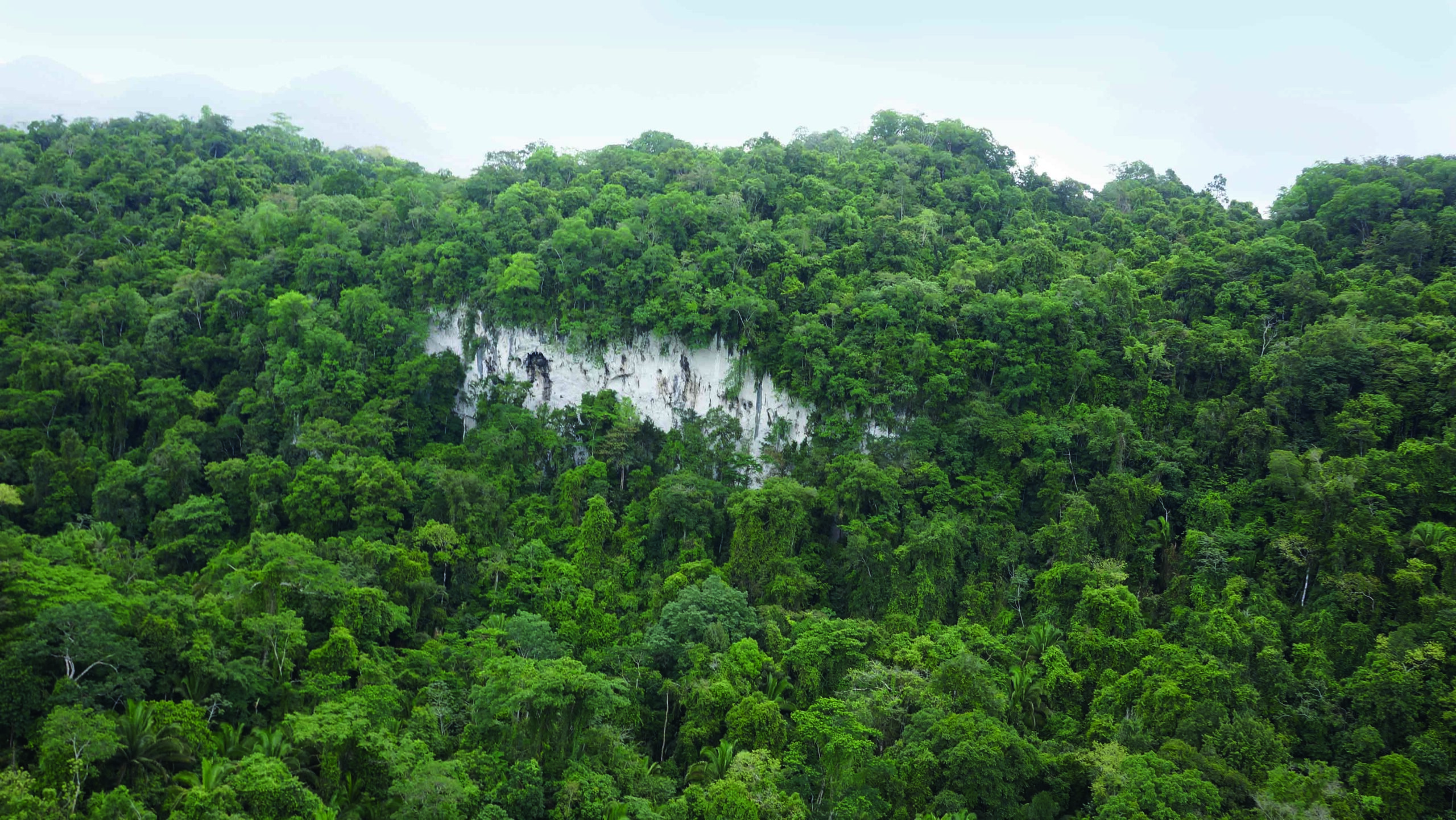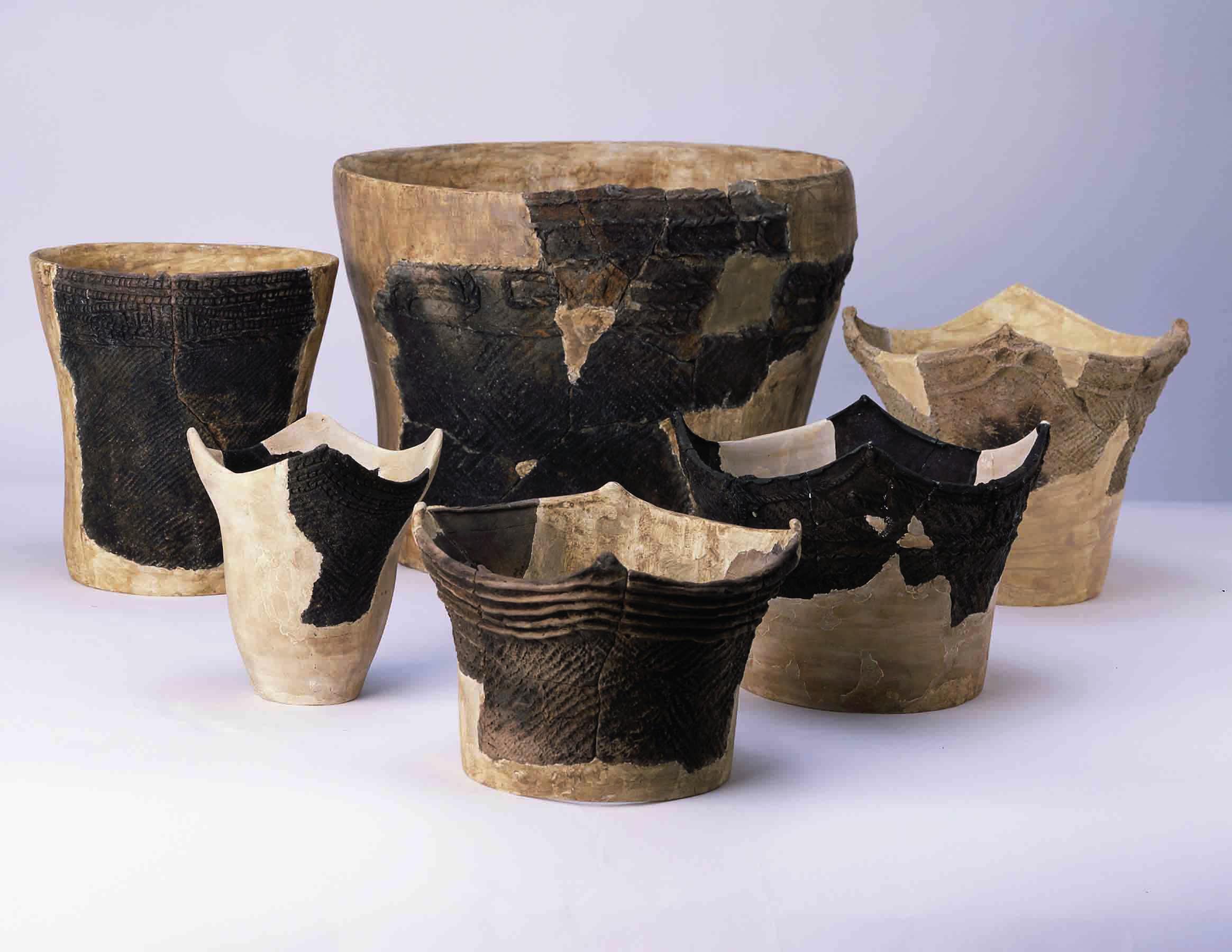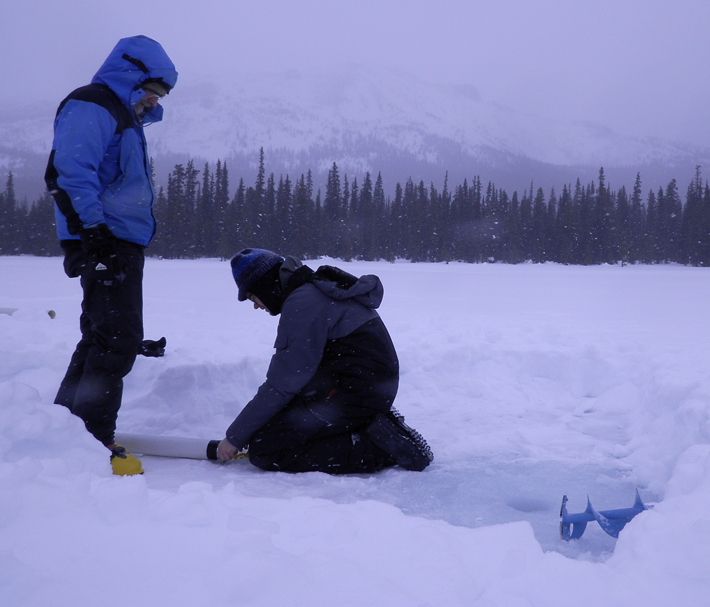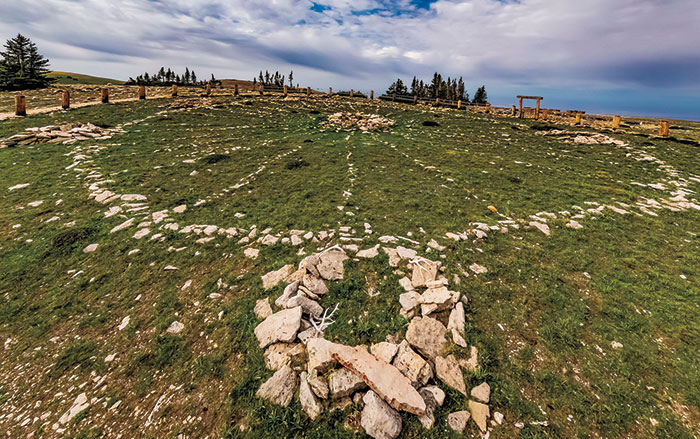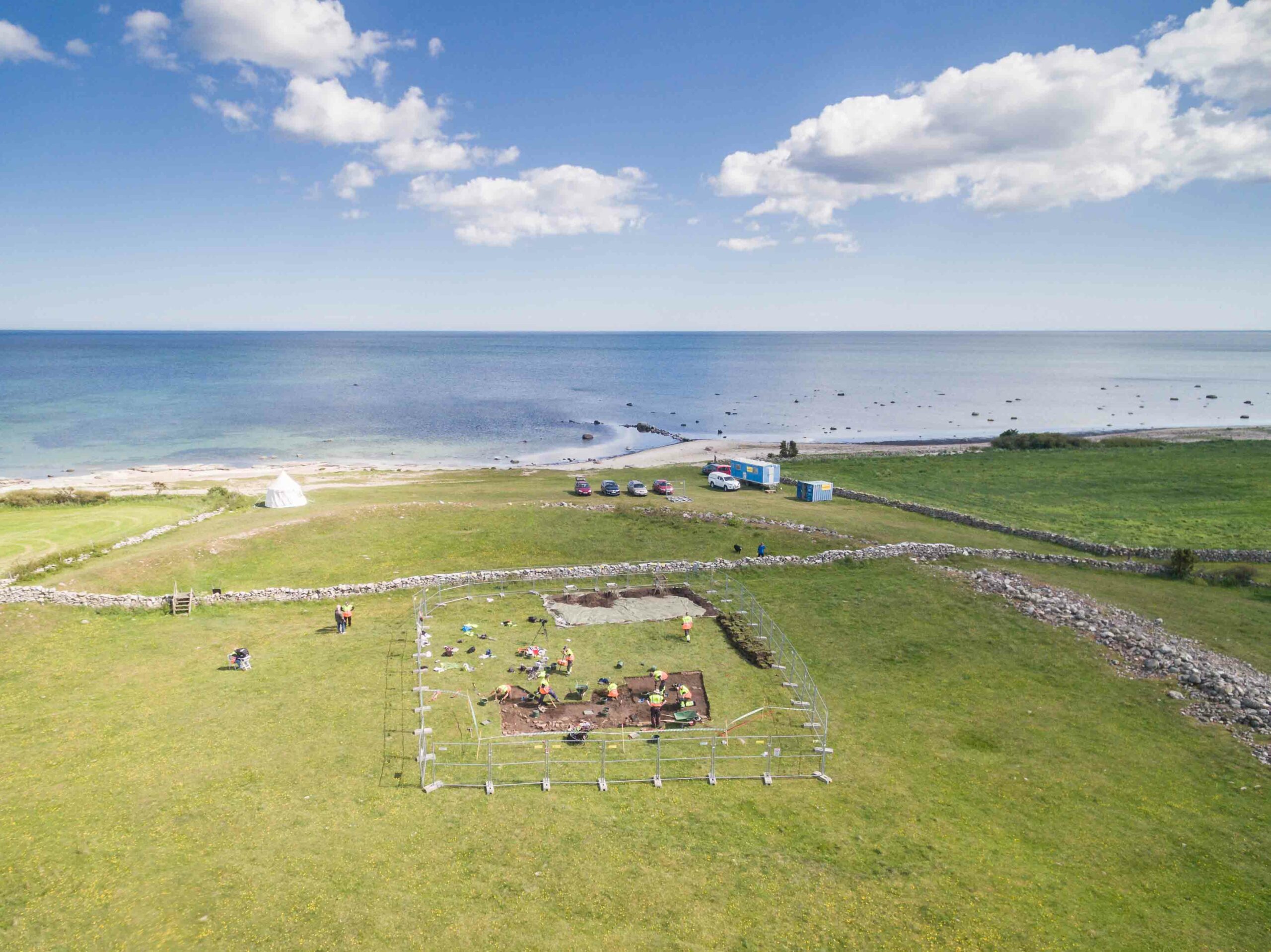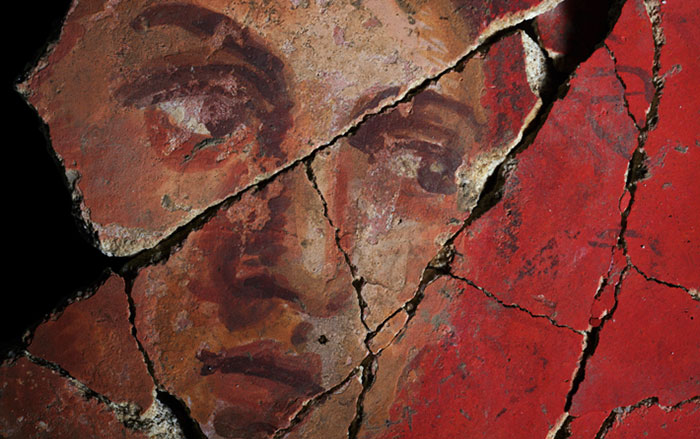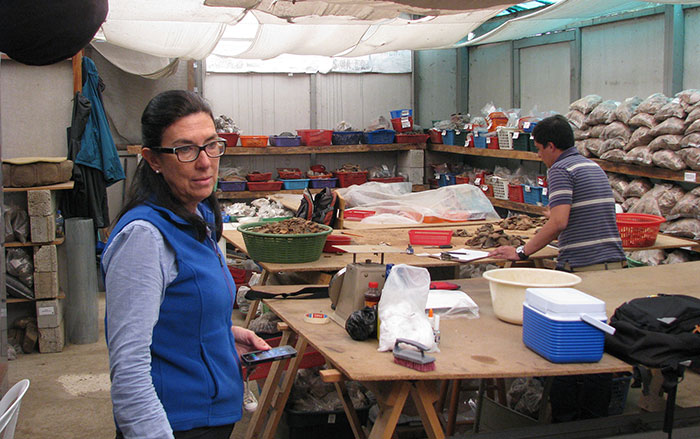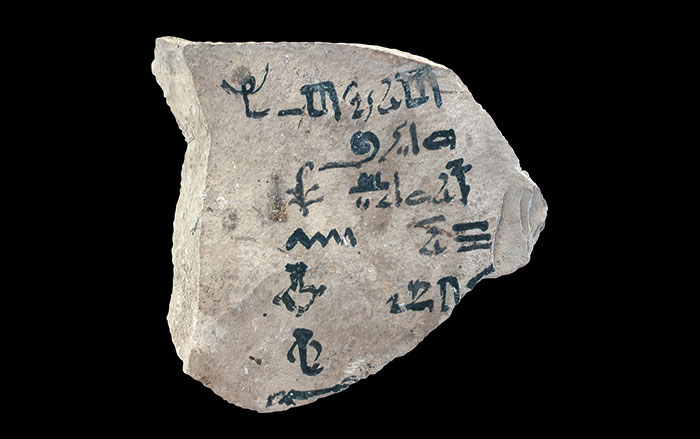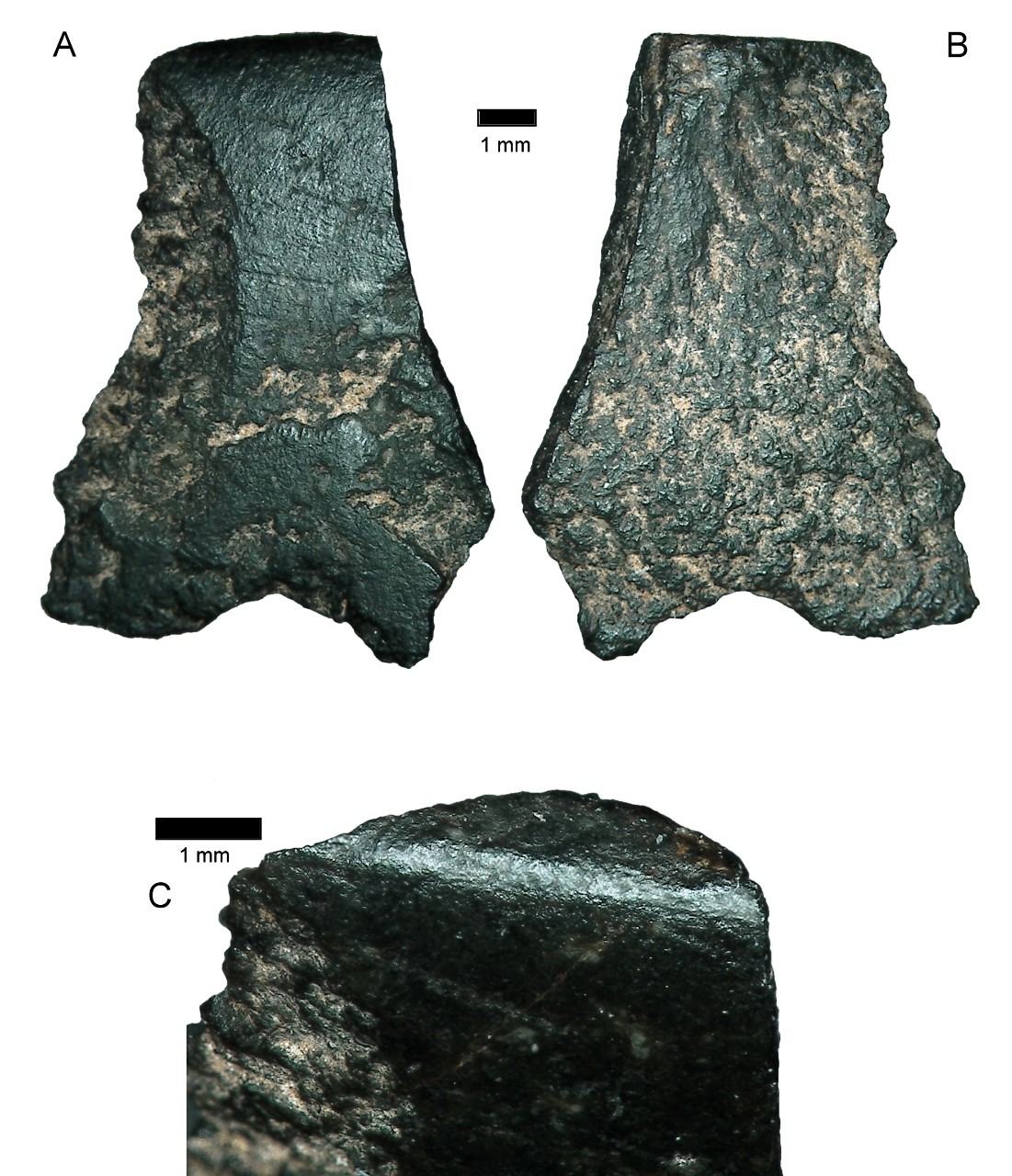
SYDNEY, AUSTRALIA—Peter Hiscock and his team from the University of Sydney say that one tiny piece of worked stone is evidence of the world’s oldest ax. The fragment, thought to have come from the polished edge of an ax when it was re-sharpened, was excavated in the early 1990s by Sue O’Connor of Australian National University, along with other artifacts from Carpenter’s Gap, a rock shelter in the Kimberley region of Western Australia. Hiscock and his team found the basalt fragment among the materials from the oldest levels of the site, which date to 45,000 to 49,000 years ago. The scientists think the ax may have been crafted by the first people to arrive in Australia. “We know that they didn’t have axes where they came from. There’s no axes in the islands to our north. They arrived in Australia and innovated axes,” O’Connor said in a report by BBC News. To read about finds from the same area dating to much more recently, go to "What's the Point?"


